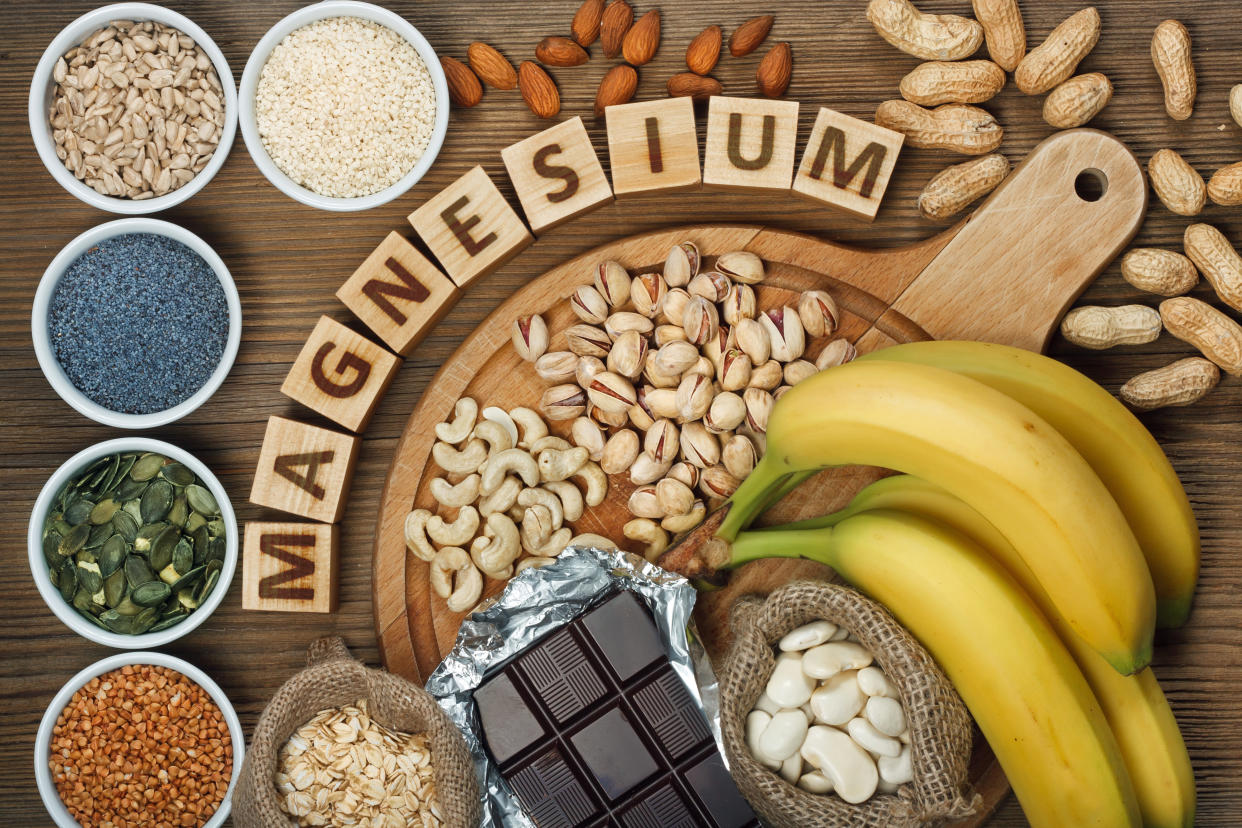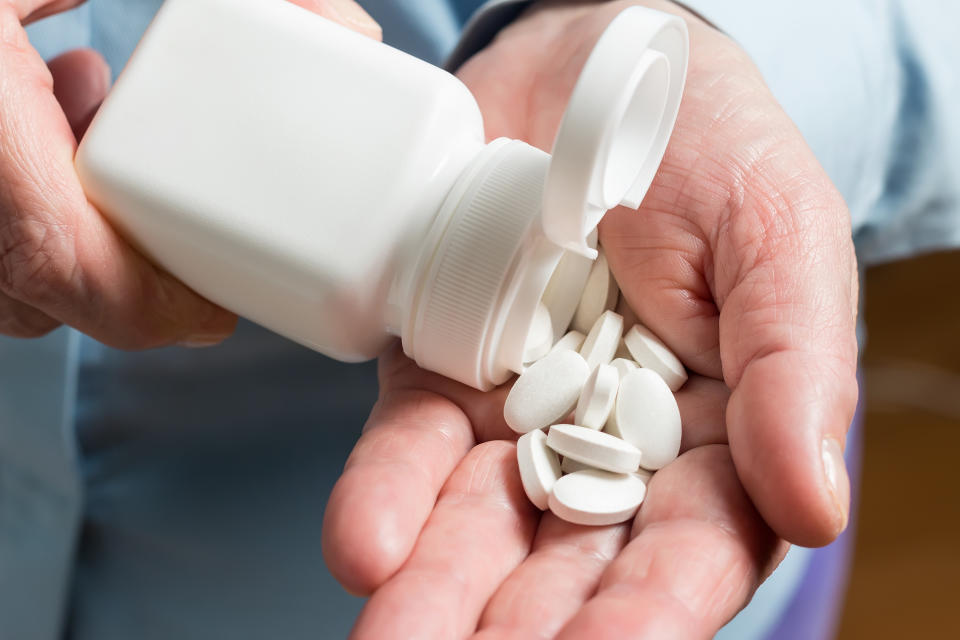The signs your body isn't getting enough of this key mineral

They might sound a little like symptoms you would experience during that time of the month (if you’re a woman), but if it’s happening regularly, then it could actually mean you’re not getting enough magnesium.
We’re talking about anxiety, fatigue, agitation, depression, headaches, irritability, sleep disorders, constipation or cramps - all signs that your body is lacking in magnesium.
But the mineral is essential for the health of the heart, blood vessels, brain, bones, skeletal muscles, lungs, and pancreas, and actually participates as a cofactor in more than 300 enzymatic reactions in your body.
So it’s important to recognise if you need to be looking at ways to increase your intake.

Speaking to Yahoo Lifestyle, pharmacist Michelle Gerrie (BPharm, RPh) says a lack of magnesium can be detrimental to overall health.
“A low level of magnesium is associated with an increased level of C-reactive protein (CRP) – a really bad actor in the body, because CRP is a marker for type of inflammation that isn’t readily obvious from the outside,” Michelle tells us.
Despite it’s importance, inadequate magnesium levels are very common among people in Australia, especially those over the age of nine.
A total of 61 per cent of males aged 14 to 18 years consume less than their requirements for magnesium, and 72 per cent of females of the same age, according to Australian Bureau of Statistics.
What can magnesium help you with?
Headaches
Muscle pain and cramps
Bone health
Sleep and relaxation
Energy production
Control of blood glucose
Fibromyalgia and more
Easy ways to increase magnesium intake
Food
Magnesium is widely distributed in plant and animal foods. Green leafy vegetables, such as spinach, legumes, nuts, seeds, and whole grains, are good sources.
Oral supplements
There are various kinds and some are better absorbed than others. But Michelle says it’s important to check with your pharmacist to ensure you get the correct type and dose for you.
“Some people experience gastric upset, including diarrhoea, with oral supplements,” she says.

“I do take a very low dose of tablets each evening: I find 200mg of elemental magnesium is all I can tolerate. The more common dose to aim for is 400mg daily.”
Topical oils and creams
Michelle says oils and creams are a great alternative for those who cannot tolerate oral supplements. Also a great add-on for quick pain relief and convenient for travel.
“In order to get the rest of my magnesium dose, I use the topical oil on a daily basis,” she says.
Certain topical magnesium products, such as the Amazing Oils range, are produced so they can easily absorb into the skin.
“It has been have shown that magnesium applied to the skin can make its way into the blood,” Michelle says. “Scientists believe that the magnesium may also interact with nerve cells that lie in the middle layer (dermis) of the skin.”
Applying magnesium daily is believed to increase the level of magnesium in the body over time.
Got a story tip or just want to get in touch? Email us at lifestyle.tips@verizonmedia.com
Want more lifestyle and celebrity news? Follow Yahoo Lifestyle on Facebook, Twitter and Instagram.
Or sign up to our daily newsletter here.

 Yahoo Lifestyle
Yahoo Lifestyle 


